Photo credits: NBCU Photo Bank via Getty Images
Until he graduated from the Bronx High School of Science, Dr. Neil deGrasse Tyson attended public schools in New York City, where he was educated from kindergarten through high school. Following his undergraduate studies at Harvard, Tyson went on to complete his doctoral studies at Columbia University.
President George W. Bush named Tyson to a committee in 2001 to look into the future of the U.S. aerospace industry. He served on that body for the next decade. The final report was issued in 2002 and provided suggestions that would create a prosperous future for transportation, space exploration, as well as national security (for Congress and for important government agencies).
A nine-member group on the implementation of the United States space exploration policy, known as the “Moon, Mars, and Beyond” commission, was established by President Bush in 2004. As a result of this group’s efforts, the new space vision may be successfully integrated into the American political landscape. In 2006, NASA’s chief appointed Tyson to its coveted Advisory Council, which advises NASA on how to integrate lofty ambitions into limited funds.
Dr. Tyson has written for the general audience in addition to several professional journals. Tyson wrote a monthly piece for Natural History Magazine under the pen name Universe from 1995 to 2005. Also included among Tyson’s fifteen books are his biography, The Sky Is Not the Limit: Adventures of an Urban Astrophysicist; and Origins: Fourteen Billion Years of Cosmic Evolution, co-written with Donald Goldsmith. For the PBS miniseries Origins, Tyson acted as the on-screen presenter and wrote the accompanying book, Origins. The first episode aired in September of the year 2004.
Death by Black Hole and More Cosmic Quandaries, which was a New York Times bestseller, and The Pluto Files: The Rise and Fall of America’s Favorite Planet, which chronicles his experience at the heart of the argument over Pluto’s planetary status are two other works by Tyson. It debuted on the PBS NOVA network in March of the year 2010 and was based on the novel.
Tyson’s eighth book, Space Chronicles: Facing the Ultimate Frontier, was published in February 2012 and contains every idea he has ever had about the history, present, and future of space travel.
The NOVA ScienceNOW spin-off show of PBS NOVA featured Tyson as host on camera for five seasons starting in the autumn of 2006. As host, he provided an accessible look at all the cutting-edge research that affects our knowledge of our position in the cosmos.
When Tyson launched the NSF-funded pilot initiative, StarTalk, in the summer of 2009, he recruited a group of professional standup comedians to help him spread the word about science. In addition to being a successful podcast, it was also shown on the National Geographic Channel for three years. Guests on StarTalk include well-known figures who engage in witty and educational conversations. It was aimed at viewers who have no idea that they might or would like science. When it debuted on television, it was nominated for an Emmy for Best Educational Programming three times straight.
21 honorary doctorates and the NASA Distinguished Public Service Medal have been awarded to Tyson, making him one of the most well-respected non-government figures in NASA’s history. The International Astronomical Union has officially named an asteroid “13123 Tyson” in honor of his contributions to popular enjoyment of the universe. By zoologists, as shown by the identification of an indigenous species of jumping frog in India as Indirani Tysoni. Tyson also got recognition as a pop culture heartthrob. He was chosen as the “Sexiest Astrophysicist Alive” in 2000 by People Magazine.
Astrophysics for People in a Hurry, Tyson’s most recent book, was a hit both domestically and internationally in 2017. Everything you have read and heard about that is making news in the universe is condensed and clearly presented in this book of Tyson’s. It was crafted specifically for individuals on the go.
With Avis Lang’s co-authorship, Tyson wrote Accessory to War: The Unspoken Alliance Between Astrophysics and the Military in 2018, followed by the New York Times best-selling books Letters from an Astrophysicist in 2019 (with James Trefil), as well as 2021’s Cosmic Queries: StarTalk’s Guide to Understanding the Universe.
Carl Sagan’s iconic television series, Cosmos: A Space-Time Odyssey, was continued in the 21st century by Tyson, who acted as Executive Science Editor and on-camera Host & Narrator. Beginning in March 2014, the program aired for thirteen weeks in primetime on FOX, and the National Geographic Channels broadcast it in 181 countries and 45 languages across the globe. The astronomy series Cosmos received four Emmys and a Peabody Award, as well as two Critics Choice Awards. When Cosmos: Possible Worlds aired on the National Geographic Channel in March 2020, then on the FOX network a few months later, Tyson repeated his position as an on-camera presenter.
Tyson assumed the Frederick P. Rose Directorship of the Hayden Planetarium in New York City on May 4, 1996, making him the institution’s fifth director. At the American Museum of Natural History, he also works as a research associate in the Department of Astrophysics.
Neil deGrasse Tyson and his wife, a former Bloomberg Financial Markets IT project manager, reside in New York City.

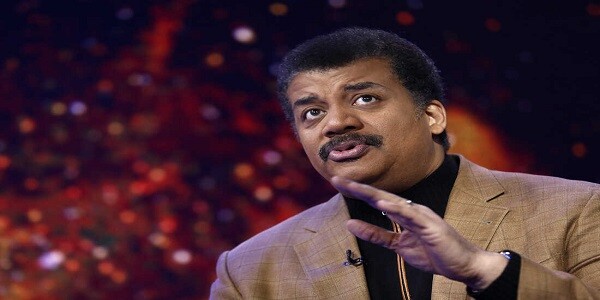







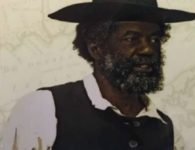






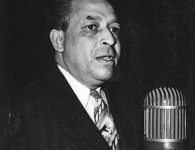
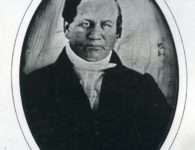
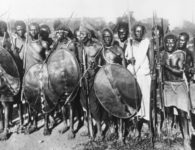


No comments